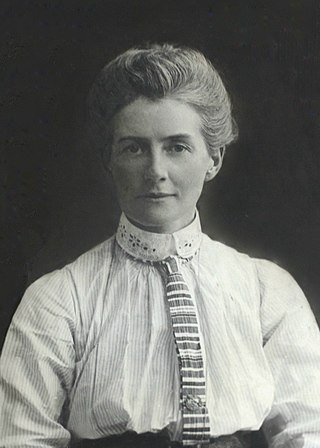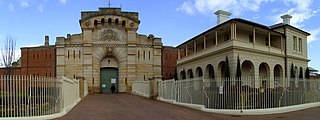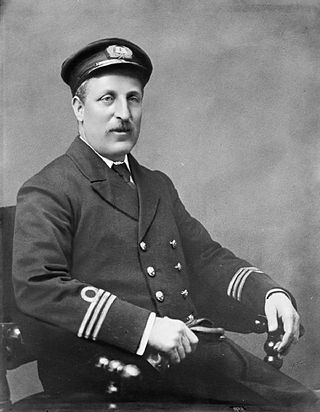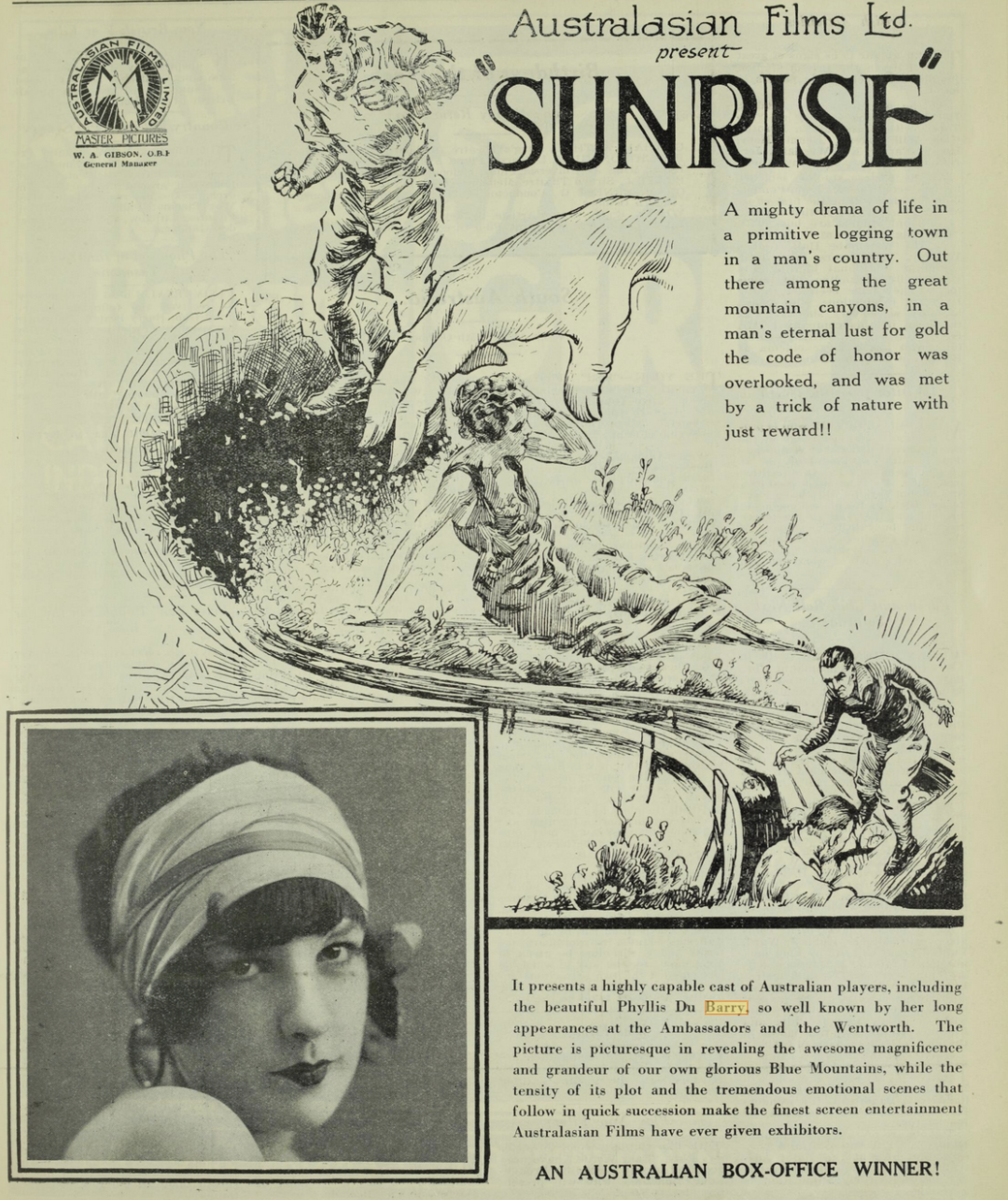
Edith Louisa Cavell was a British nurse. She is celebrated for treating wounded soldiers from both sides without discrimination during the First World War and for helping some 200 Allied soldiers escape from German-occupied Belgium. Cavell was arrested, court-martialled under German military law and sentenced to death by firing squad. Despite international pressure for mercy, the German Government refused to commute her sentence and she was shot. The execution received worldwide condemnation and extensive press coverage.

Thunderbolt is a 1910 film in the genre of "outlaw" films at the time that tended to glorify the life of the outlaw "Bushrangers" that roamed the Australian outback in pre-commonwealth days. Shortly after this film was made, the government of New South Wales banned the manufacture of this type of film on the basis that they were promoting crime.

Bathurst Correctional Centre, originally built as Bathurst Gaol in 1888, is a prison for men and women located in the city of Bathurst, New South Wales, Australia, and operated by the Department of Communities and Justice. Bathurst holds inmates sentenced under State or Australian criminal law, along with a small number of remand prisoners.

William Joseph Lincoln was an Australian playwright, theatre manager, film director and screenwriter in the silent era. He produced, directed and/or wrote 23 films between 1911 and 1916.

John F. Gavin was a pioneer Australian film actor and director, one of the early filmmakers of the 1910s. He is best known for making films about bushrangers such as Captain Thunderbolt, Captain Moonlite, Ben Hall and Frank Gardiner. Known informally as 'Jack', Gavin worked in collaboration with his wife Agnes, who scripted many of his films.

Charles Algernon Fryatt was a British merchant seaman who was court martialled by the Imperial German Navy for attempting to ram a German U-boat in 1915. When his ship, the SS Brussels, was captured by the Germans off occupied Belgium in 1916, Captain Fryatt was court-martialled by German military law and sentenced to death for "illegal civilian warfare". He was executed by firing squad near Bruges, Belgium. In 1919, his body was reburied with honours in the United Kingdom.

The Cavell Van is the prototype Parcels and Miscellaneous Van built by the South Eastern and Chatham Railway in 1919. It is so named because it was the van which carried the body of Edith Cavell when it was repatriated to the United Kingdom following the end of the First World War. The van also carried the bodies of Charles Fryatt and The Unknown Warrior. The three were the only sets of British remains repatriated following the end of World War I. The van served with the South Eastern and Chatham Railway, the Southern Railway and British Railways before entering into preservation at the Kent and East Sussex Railway. The van was fully restored in 2010.
Frank Beaumont "Beau" Smith, was an Australian film director, producer and exhibitor, best known for making low-budget comedies.
Agnes Gavin (1872–1947), was an Australian actor and screenwriter in the silent film era. She worked in collaboration with her husband John Gavin throughout her career. She wrote the majority of his films and was arguably the first specialist screenwriter in the history of the Australian film industry. In newspapers she was advertised as the "well known picture dramatizer" and was praised for creating "cleverly constructed stories". Many of her films are considered lost.

The Assigned Servant is a 1911 Australian silent film about a convict who is transported to Van Diemen's Land. It was made by the husband-and-wife team of John and Agnes Gavin and is considered a lost film.

The Martyrdom of Nurse Cavell is a 1916 Australian silent film about the execution of nurse Edith Cavell during World War I.

His Convict Bride is a 1918 Australian silent film from the team of John and Agnes Gavin. It was a convict-era melodrama.

Sunrise is a 1927 Australian silent film co-directed by Raymond Longford, who took over during filming.
Walter Franklyn Barrett, better known as Franklyn Barrett, was an Australian film director and cinematographer. He worked for a number of years for West's Pictures. It was later written of the filmmaker that "Barrett's visual ingenuity was to be the highlight of all his work, but... his direction of actors was less assured".
Nurse Cavell is a 1916 Australian feature-length film directed by W. J. Lincoln about the execution of Edith Cavell during World War I. It was also known as Edith Cavell.
La Revanche, also known as The Vengeance, is a 1916 Australian feature-length film directed by W. J. Lincoln about the revenge sought by Belgian friends of Edith Cavell against the Germans during World War I. It was a sequel to Nurse Cavell (1916), using many of the same cast and crew.

Captain Midnight, the Bush King is a 1911 Australian silent Western film about the fictitious bushranger Captain Midnight. It was the directorial debut of actor Alfred Rolfe. The film is based on the play of same name by W. J. Lincoln and Alfred Dampier. Captain Midnight, the Bush King is now considered lost.
Charles Villiers was an Australian actor and occasional director who appeared in many silent films. According to a contemporary report, "there is probably no actor in Australia that has done more consistent picture work than Mr. Villiers, both as heavy lead, and director." He was particularly well known for playing villains.

Dan Morgan is a 1911 Australian film from Charles Cozens Spencer about the bushranger Daniel Morgan. It was said to be starring "Alfred Rolfe and company". Rolfe directed three movies for Spencer, all starring himself and his wife Lily Dampier so there is a chance he may have directed this one and that it starred his wife. A prospectus for the Australian Photo Play Company said he directed it. It is considered a lost film.
C. Post Mason, Charles Post Mason, real name Charles Post Doutney, was an American director, singer and manager. He was born in Vermont and then became a vaudeville singer. He moved to England and then in 1904 emigrated to Australia.














